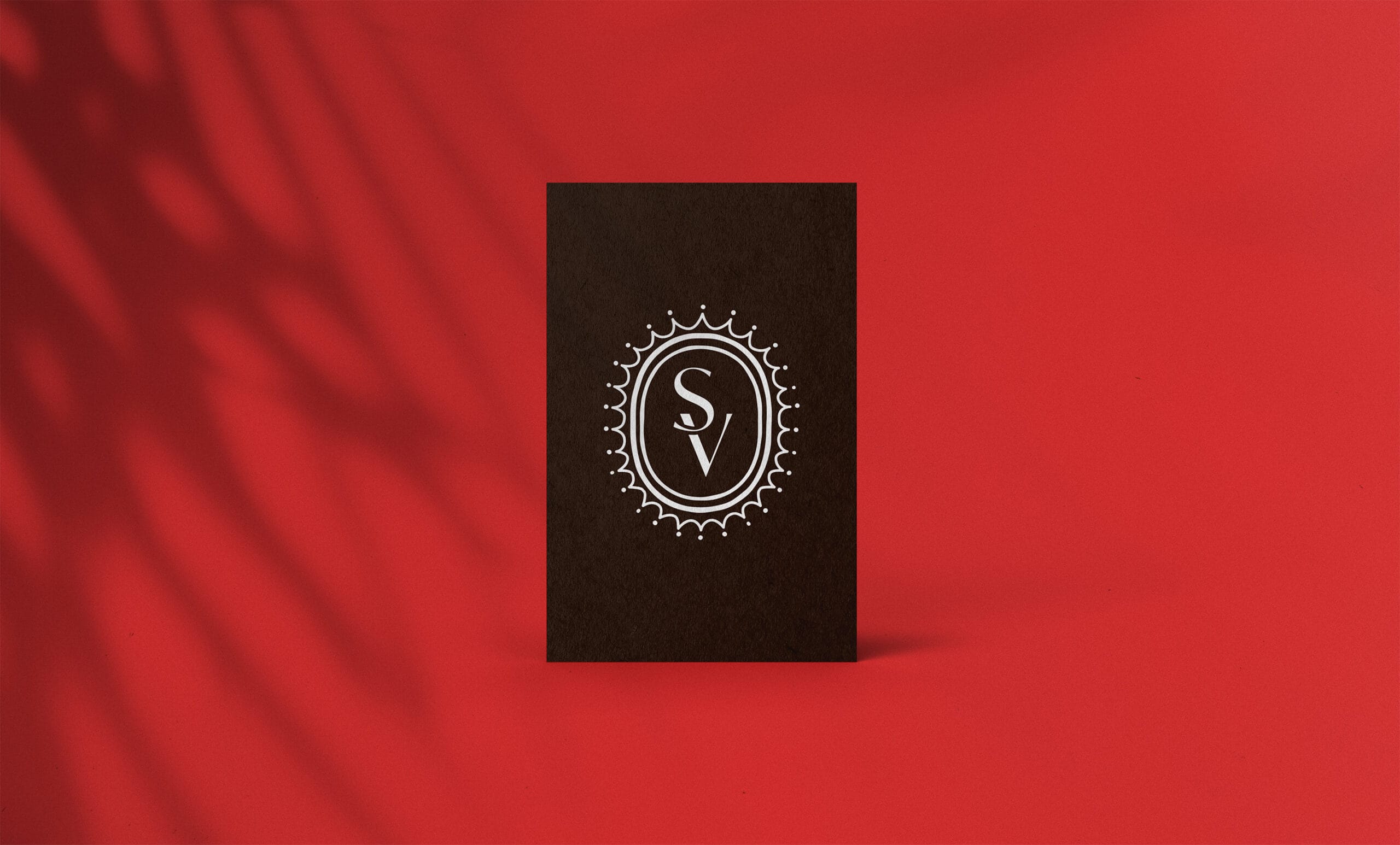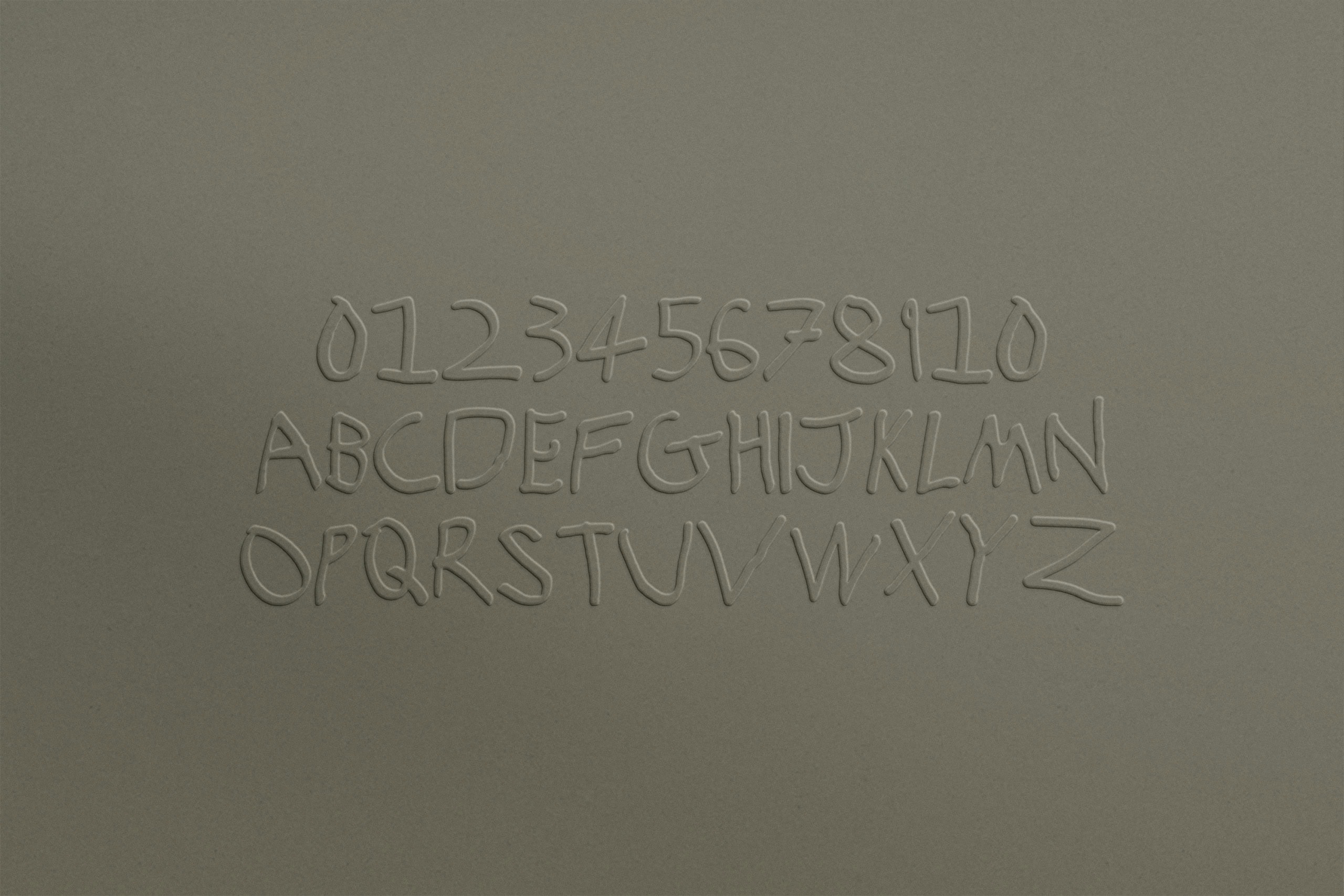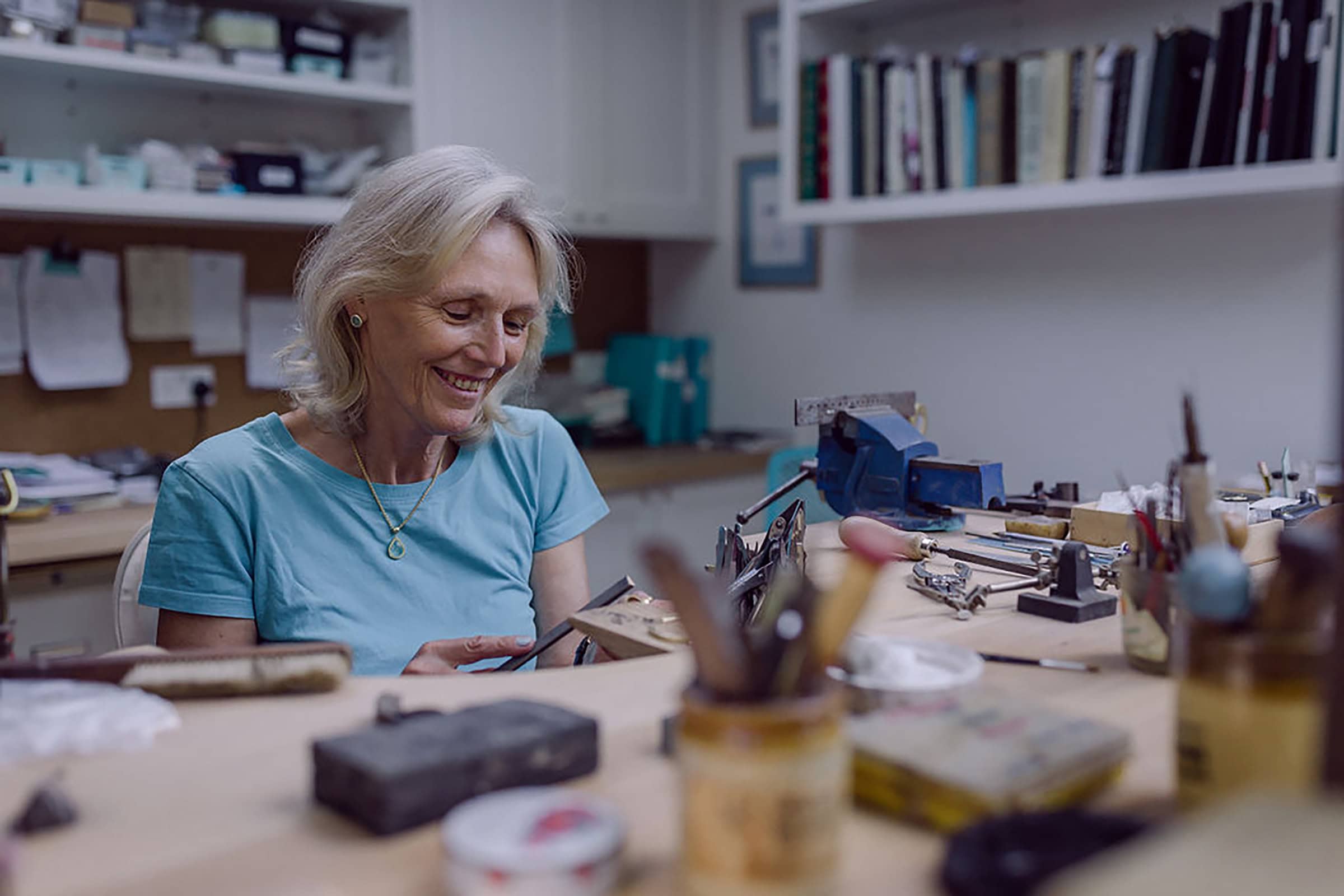Photographer Elina Pasok works with architecture and interior design brands to create thoughtful images that bring their projects to life. With a background in fashion and press photography, she brings creative intuition and technical precision to every project.
Elina believes in collaboration, clear communication, and creating a relaxed atmosphere on set. Her clients appreciate her calm presence, attention to detail, and the way she listens and adapts to each project’s needs. Elina’s work has been featured in Elle Decor, Livingetc, House Beautiful, and 25 Beautiful Homes.
With expert insights on lighting a space and the surprising secret weapon in her toolkit, Elina shares her advice for interior designers looking to get the best from a photoshoot.

What is your key piece of advice for a client preparing for a shoot?
Now that your beautiful project is complete, it’s the perfect moment to pause and really enjoy what you’ve created. Breathe out: you’ve made it! You’ve poured your heart into every sketch, colour swatch, and design decision – it’s truly incredible seeing it all come together. The photoshoot is your project’s final touch, capturing not only the big picture but also those lovely vignettes and textures. These photographs will showcase your vision and attract new clients who identify with your style.
Give yourself plenty of breathing space before the shoot to finesse styling and perfect the little touches. It’s always those subtle details like sparkling-clean windows, aligned textures, or framing a clean garden view that elevate images from good to exceptional. Don’t forget to walk through your space with fresh eyes, imagining it through the lens of the camera, checking for any overlooked clutter.
Most importantly, communicate openly with your photographer. Share your hopes, your inspiration, and the aspects of your design you’re most proud of. My favourite shoots are always those built on friendly collaboration, ensuring the photographs feel true to your vision.
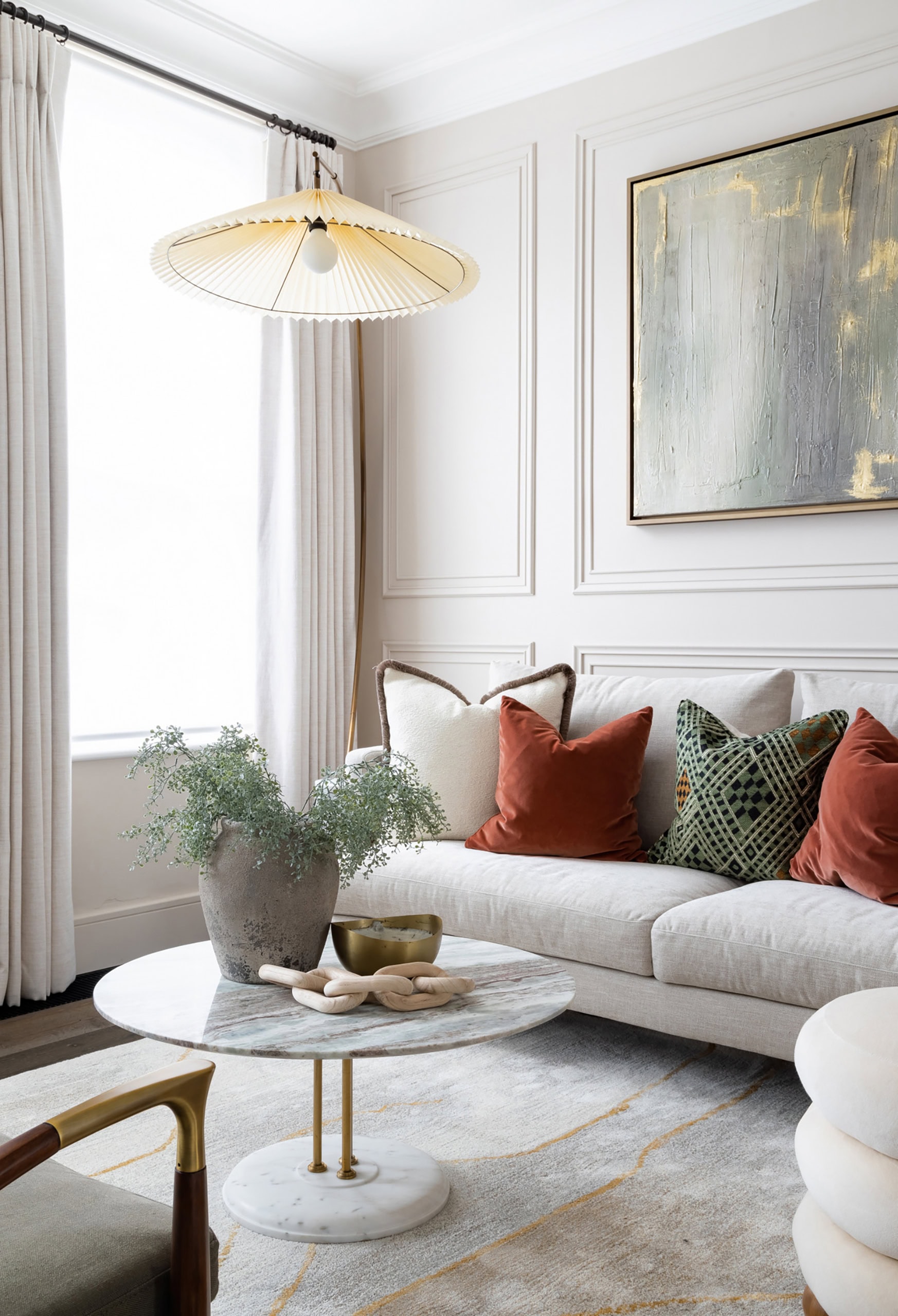
What are some of the challenges you encounter as an interiors photographer?
One of the most common challenges I encounter is when designers feel pressured to rush through a photoshoot, particularly with larger properties. Squeezing too much into a short timeframe can lead to missed opportunities, especially when capturing those standout ‘hero shots’ that can truly elevate your portfolio.
My best advice is to plan for a full-day or even a two-day shoot whenever possible. A less rushed schedule gives us space to explore different perspectives, experiment creatively, and ensures we never have to worry about missing that perfect image that could propel your business forward and get published.
"Every space comes with its own unique quirks, like challenging lighting conditions, tight corners, or stunning details hidden in tricky places"
On a more physical level, every space comes with its own unique quirks, like challenging lighting conditions, tight corners, or stunning details hidden in tricky places. You might even catch me mid-shoot in some elaborate yoga-inspired pose, balancing carefully to achieve just the right angle. But it’s these playful challenges that often result in the most interesting images, making the effort completely worth it.
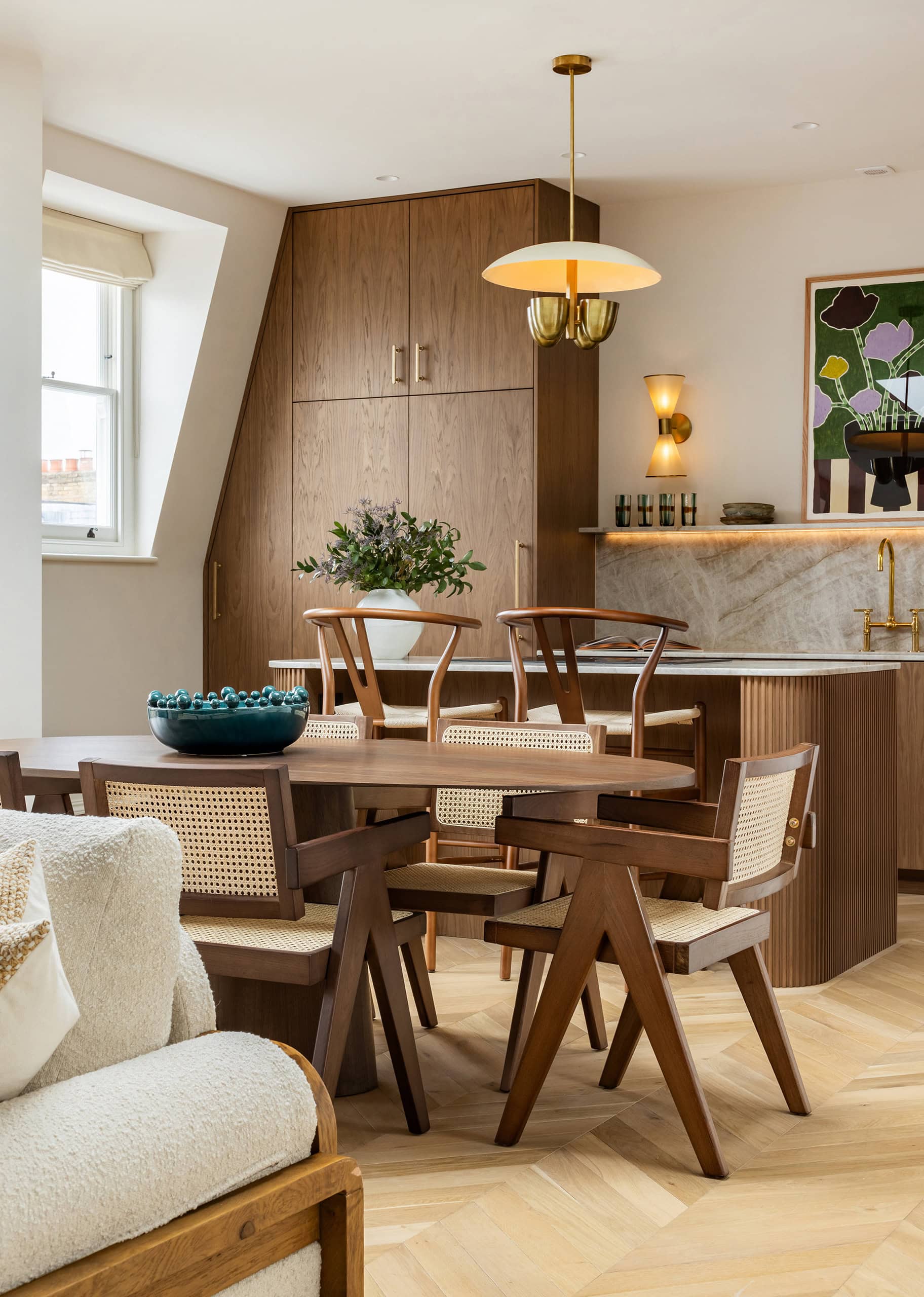
Are there any insiders' tips you can share on effectively lighting a space?
Natural light is always my starting point. I love how it reveals the true character of a space and gives a soft, authentic feel to images. Picture gentle daylight filtering through sheer blinds, casting a cinematic glow across the room – that’s my absolute favourite look.
"As a designer, you've spent far more time in the space than your photographer, so you'll instinctively know the moments when the light is at its best."
My insider’s tip is to closely observe how natural light moves through your room during the day and plan the shoot accordingly. As a designer, you’ve spent far more time in the space than your photographer, so you’ll instinctively know the moments when the light is at its best. If the sunlight feels too bright and harsh at a certain hour, start with another area first, then return when the light has softened. Conversely, north-facing rooms tend to lose their brightness quickly, so prioritise shooting these spaces earlier in the day.
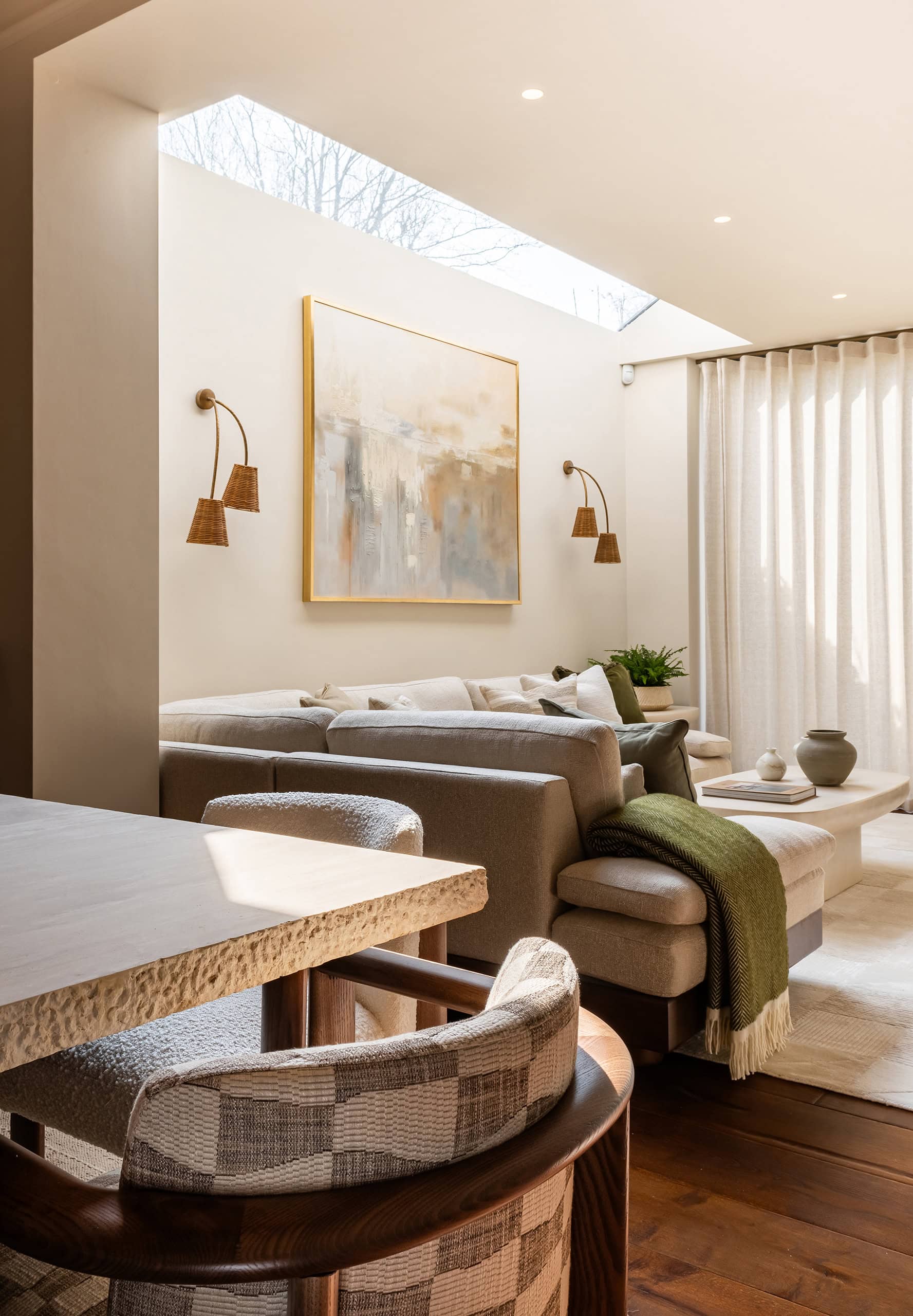
During spring and summer, capturing an entire property in one day is straightforward – the days are long, and natural light is abundant. However, winter in the UK can be notoriously dark and gloomy, so it might be beneficial to divide a full-day shoot into two shorter sessions over consecutive days. This approach ensures each room is captured at its best without rushing or compromising on quality.
Though I always prefer to shoot with natural light, subtle interior lighting may enhance the space. Carefully dimmed accent lights or even candles can add warmth and depth without overwhelming the natural ambience. Choose bulbs at the lowest possible brightness to avoid unwanted colour casts or shadows. This approach creates a beautiful, soft, inviting atmosphere to interior photography.
What about dressing a space? What should interior designers bear in mind?
Bedding is often the trickiest to get right – it always seems to have a life of its own! My top tip for interior photography: bring a clothes steamer to the shoot. It works wonders smoothing out stubborn creases. Clamps and double-sided sticky tape are also great secret weapons for neatly taming bed sheets and achieving that effortlessly inviting look.
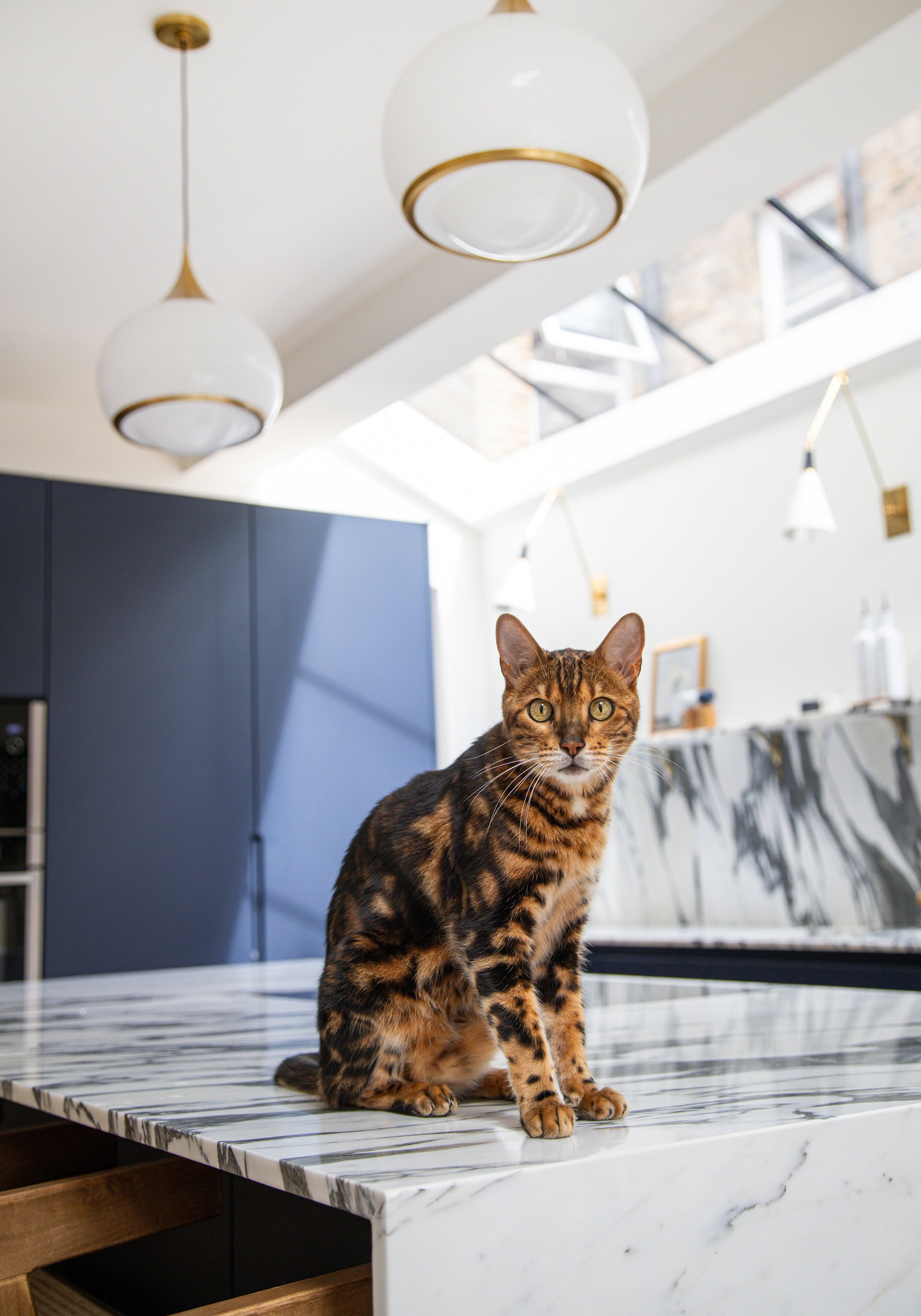
I absolutely adore bringing nature indoors through flowers and plants, especially unusual, sculptural branches or unconventional blooms. Think delicate twisted hazel branches, striking proteas, eucalyptus pods, or architectural stems like alliums. These unique plants can usually be found in local London florists or flower markets, and instantly add character, texture, and quirkiness to a space. Personally, I steer clear of faux plants – sadly, it’s challenging to find truly convincing artificial greenery, and authenticity always shines through.
When it comes to accessories, my heart lies with authentic design – real artwork, sculptures, and artefacts thoughtfully collected over time. There’s an abundance of generic staging props out there, but I find the most compelling interiors always feature unique vintage finds, handmade pieces, or quirky, unexpected objects.

What one item or gadget could you not do your job without?
Definitely my Manfrotto tripod. It’s been with me for over a decade and honestly feels like it will last a century. It folds down beautifully, fitting perfectly into my camera bag, which is essential as I like to keep my kit lightweight.
I’m quite minimalistic about equipment, carrying just what’s essential to capture spaces beautifully. Alongside my mirrorless full-frame Canon camera, I have a select few lenses – from wide angles that capture the full essence of a room, to a fast 50mm lens for close-ups and textures. All my lenses are equipped with a polarising filter – it works wonders on reflections, whether it’s glass coffee tables, shiny kitchen islands, or artwork. I always have a few small LED lights on hand for adding subtle accents, especially in darker or tighter spaces.
The other absolute must-have may surprise you – it’s a car windshield squeegee! I’ve lost track of the hours spent carefully brushing velvet sofas or smoothing footprints out of fluffy carpets. Velvet looks luxurious, but it picks up marks instantly, and soft carpets inevitably show every step. A quick dramatic sweep with the squeegee sorts it out – although to anyone watching, it probably looks more like contemporary dance than interior photography!
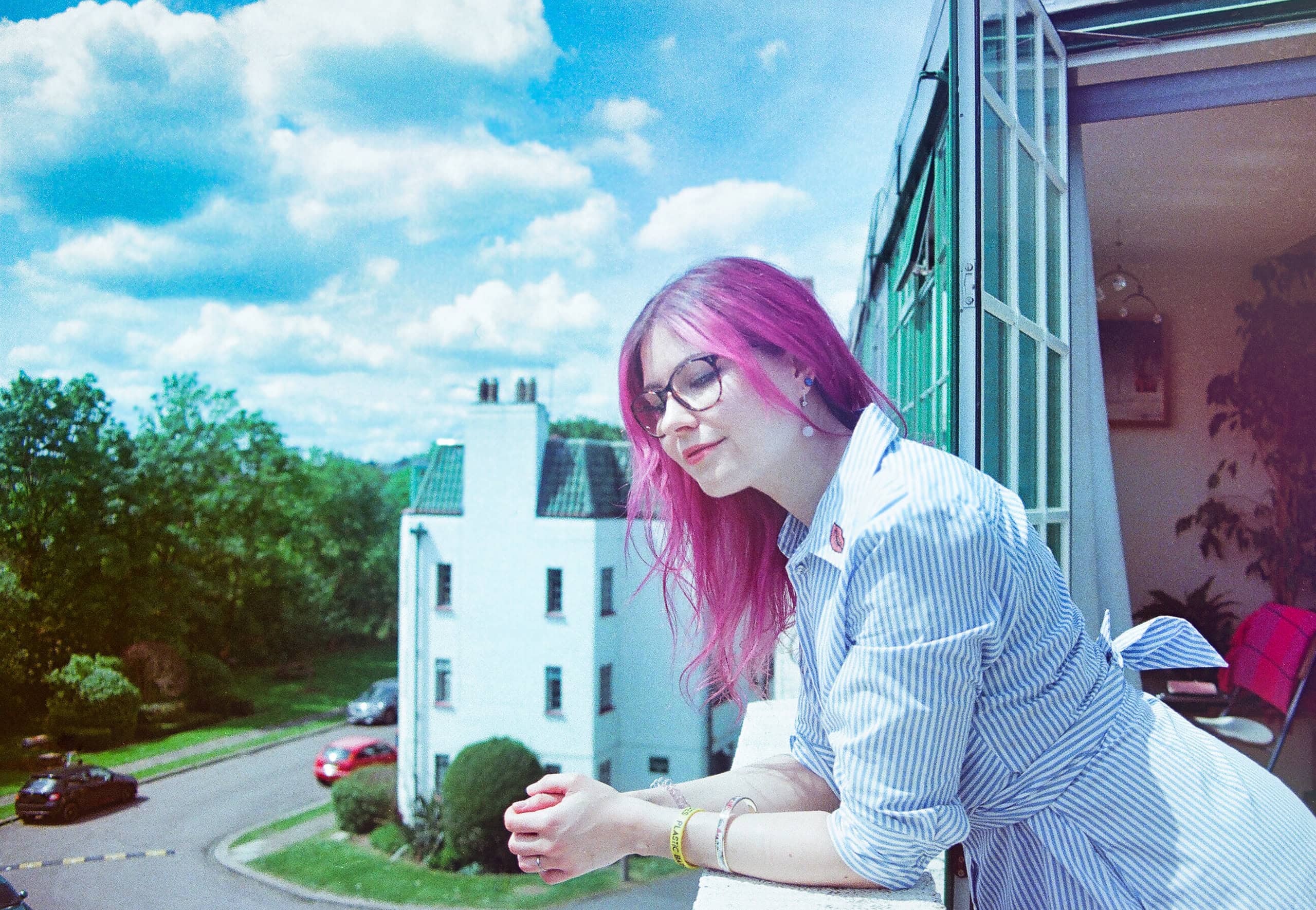
What would be your dream interior to shoot?
My ultimate dream shoot would probably involve an interior that’s usually off-limits or completely restricted. Imagine photographing somewhere like Westminster Abbey, a NASA launchpad control room, or Gaudí’s Sagrada Família. Spaces like these carry so much history, mystery, and drama, and being able to capture them would be extraordinary.
But, while I’m dreaming of that, I’d also love to explore more large-scale hospitality projects, luxury hotels, or innovative designer office spaces. I’m particularly drawn to architecturally intriguing interiors – the ones that feel like three-dimensional puzzles waiting to be solved with each shot. I enjoy discovering how to best showcase their beauty through compositions of light, shadow, and shape, translating not just the physical space but the emotion, lifestyle, and story behind each design.
With my master’s degree in fashion photography, I’m always thrilled to apply fashion-inspired visual storytelling to interiors and architecture. It’s one thing to simply document a room, but another to create images that make you feel, ‘I want to be there right now.’ That’s the magic I aim for in every shoot.



